Ellipsis Labs, the developer behind the Solana-based decentralized exchange (DEX) Phoenix, has recently raised $20 million in a Series A funding round. This funding round was led by Paradigm, with participation from Electric Capital. The funds will further advance Ellipsis Labs’ decentralized finance (DeFi) technology stack.
This comes after the company secured $3.3 million in seed funding in August 2023. As of writing, Phoenix, which ranks as the eighth-largest DEX on Solana based on TVL, according to Web3 data tracker DefiLlama, currently boasts a total value locked (TVL) of $14.31 million and a recorded trading volume of $238.79 million in the last 24 hours.
2/ This round includes continuing support from @ElectricCapital and participation from industry leaders including @aeyakovenko, @drakefjustin, @TimBeiko, @mikeneuder, @sreeramkannan, @0xdoug, @uriklarman, @cobie, @blknoiz06, and @0xMert_.https://t.co/jgn1nQGoEr
— Ellipsis Labs (@ellipsis_labs) April 4, 2024
In this piece, we’ll shed light on how Ellipsis Labs’ funding will enhance Solana’s DeFi capabilities and what it means for the competition with Ethereum and other blockchain networks.
Solana’s DeFi Capabilities, Daring Ethereum
The Ellipsis Labs’ funding is a celebrated step towards enhancing Solana’s DeFi use cases. Solana is known for its high transaction throughput, ultra-low fees, low latency, and capital efficiency. It offers fast, cheap financial solutions and runs on a high-speed blockchain for smooth transactions with low fees and efficient smart contract use.
However, the competition between Solana and Ethereum is intensifying. Ethereum, established in 2015, introduced the concept of smart contracts and decentralized applications. However, it currently faces scalability issues. On the other hand, Solana, created in 2017, boasts faster transaction speeds and lower fees than Ethereum’s network.
The funding obtained by Ellipsis Labs will likely fuel the competition between Solana and Ethereum. But that’s not the whole point. It will enable Solana to further enhance its DeFi capabilities and potentially gain a competitive edge over Ethereum and other blockchain networks, as even stats on X from a crypto commentator Altcoin Daily in February corroborate.
Solana DeFi tops $2 Billion in Total Value Locked for the first time since June of 2022! pic.twitter.com/jLcCOWwRlR
— Altcoin Daily (@AltcoinDailyio) February 20, 2024
Such developments will shape the future of decentralized exchanges and the broader DeFi sector. It will be interesting to see how this competition unfolds and what it means for the future of blockchain technology.
Implications for the DeFi Landscape
The potential shift in the DeFi landscape is not just about Solana and Ethereum but a larger trend in the blockchain industry towards interoperability and multi-chain solutions. Developers are increasingly recognizing the benefits of leveraging the strengths of different blockchains for different use cases.
7️⃣ New Infrastructures
— Pink Brains (@PinkBrains_io) July 24, 2024
With over $2.58B of capital raised, infrastructure was the biggest category in venture funding, showing VCs' appetite for scaling solutions, interoperability, modularity, and new blockchain infrastructure.
Some top raises: @monad_xyz @berachain… pic.twitter.com/BZGDWT2xGb
For instance, Solana’s high-speed, low-cost transactions make it ideal for high-frequency trading and other DeFi applications that require fast, cheap transactions. On the other hand, Ethereum’s robust smart contract capabilities and large developer community make it a preferred choice for complex DeFi applications and decentralized autonomous organizations (DAOs).
The recent funding for Ellipsis Labs could also spur innovation in cross-chain solutions. These solutions allow users to seamlessly move assets between different blockchains, enabling them to take advantage of the unique features of each platform. This could lead to a more diverse and resilient DeFi ecosystem.
Furthermore, the growth of DeFi on Solana could have broader implications for the blockchain industry. It could encourage other blockchain platforms to improve their DeFi capabilities, leading to a wave of innovation and development across the industry. This could result in new DeFi applications and services that offer users more choice and flexibility.
Another All-Time-High for #Defi. Most of these dApps have been built on #Ethereum. pic.twitter.com/X0Q9mQjLI4
— Coin Bureau (@coinbureau) April 6, 2021
Solana is getting more popular, and its DeFi abilities could shake things up. Right now, Ethereum is the big name in DeFi. It has the most DeFi apps and the most money in its smart contracts. But Ethereum has some problems. It can’t handle many transactions simultaneously and costs a lot to use.
Solana’s high-speed, low-cost blockchain could offer a viable alternative. With the recent funding, Ellipsis Labs can further develop Phoenix and other DeFi applications on Solana, attracting more users and developers to the platform. This could lead to a shift in the balance of power in the DeFi space. Also, if Phoenix does well, it could inspire more people to create apps on Solana. This could mean we’ll see even more DeFi apps on Solana, which could further enhance Solana’s attractiveness to users and investors, potentially leading to an increase in the value of the SOL token.
But Ethereum isn’t just sitting around. It’s been working on a big upgrade, Ethereum 2.0. This update is poised to fix Ethereum’s scalability problems and make gas fees cheaper. The first upgrade, the “Merge,” switched Ethereum from a power-hungry PoW system to a more energy-efficient PoS in September 2022.
The second upgrade — the “Shapella” or Shanghai upgrade, happened in April 2023. This allowed validators to take out their assets from the Beacon Chain at will. The final upgrade, called Sharding (now Danksharding, Proto-Danksharding, also known as EIP-4844 being its earliest implementable sort), is still in the works. With these upgrades, once fully rolled out and successful, Ethereum 2.0 could help Ethereum maintain its dominance in the DeFi space.
The most exciting Ethereum Upgrade is here:
— Evan Luthra (@EvanLuthra) February 22, 2024
The ‘Dencun’ Upgrade.
This update is going to blow up the whole ETH ecosystem!🔥
Here's a super detailed 🧵 on everything you need to know about Dencun and Proto-Danksharding:
[ Must Retweet and Like ]
Ethereum is on the cusp of a… pic.twitter.com/HlfQrnOptC
While the recent funding for Ellipsis Labs and the development of Phoenix on Solana could intensify the competition between Solana and Ethereum, it’s also part of a larger trend toward a more diverse and interoperable DeFi ecosystem. The future of DeFi is likely to be multi-chain, with different blockchains serving different use cases and user needs. So, if Solana does well in DeFi, it could be a win for the whole blockchain industry. However, many things could affect the outcome, like whether Ethereum 2.0 works out, how well DeFi apps do on Solana, and what users and developers prefer. DeFi is undergoing some exciting changes, and we’re eager to see what happens next.
Author: Ayanfe Fakunle
The editorial team at #DisruptionBanking has taken all precautions to ensure that no persons or organisations have been adversely affected or offered any sort of financial advice in this article. This article is most definitely not financial advice.


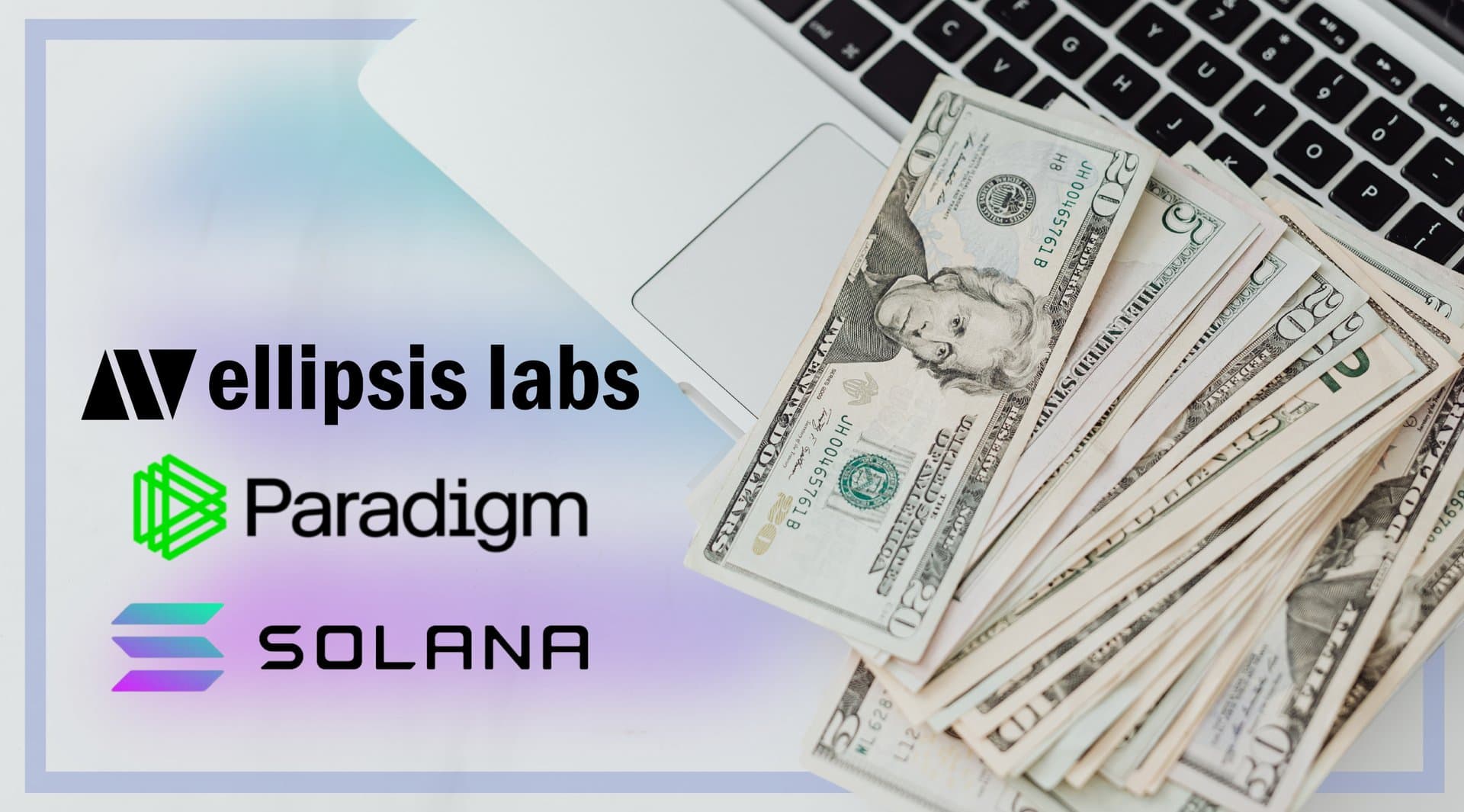
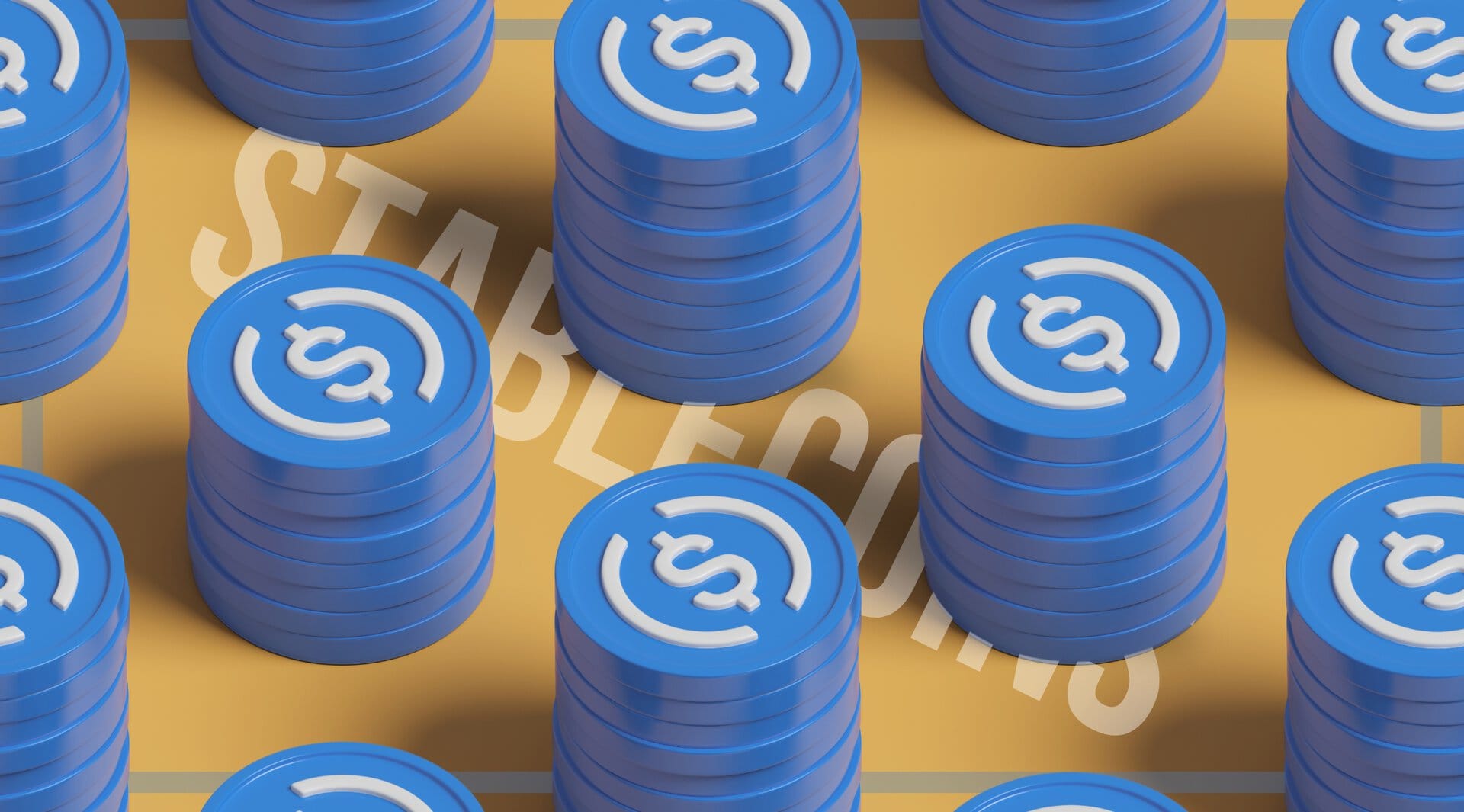
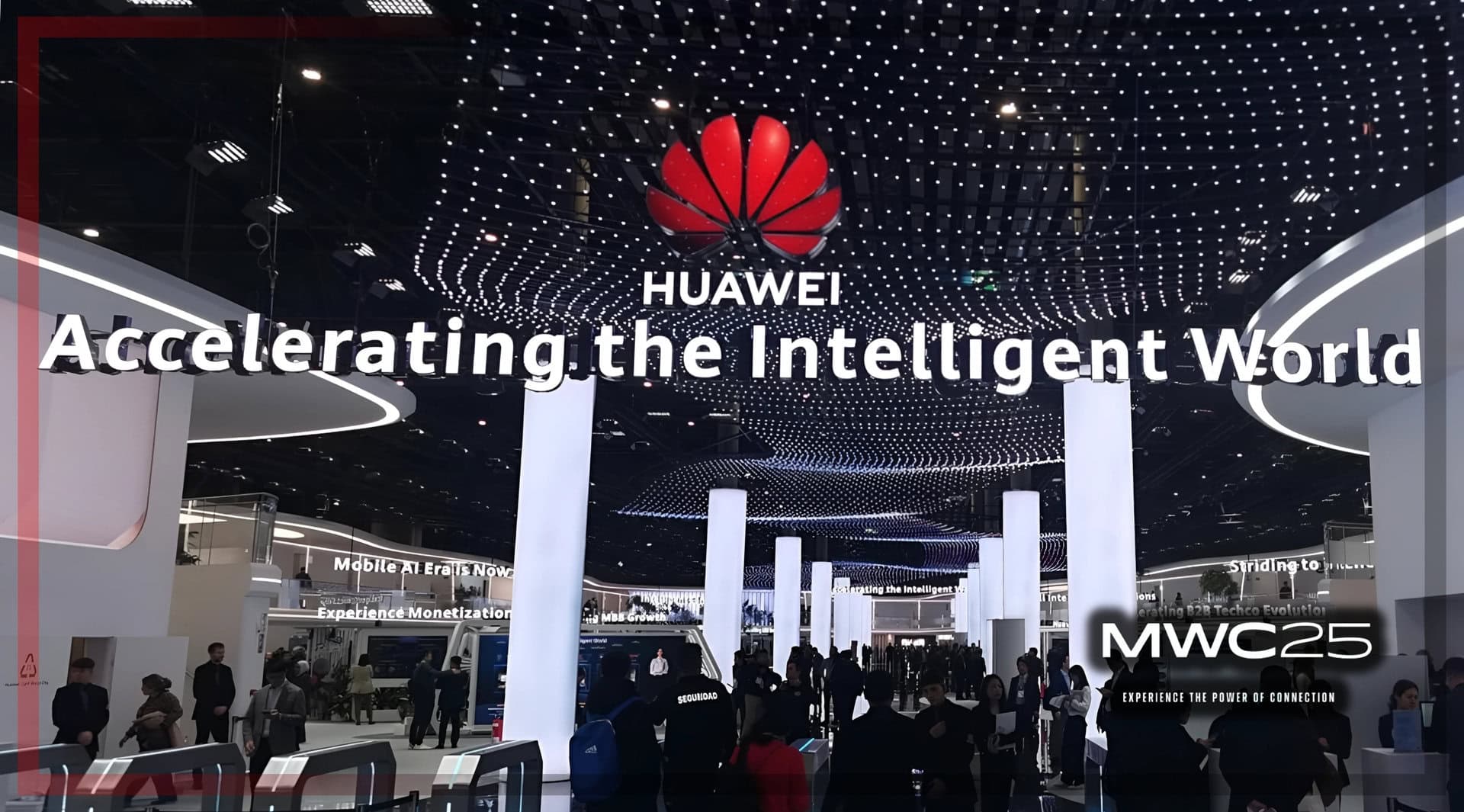
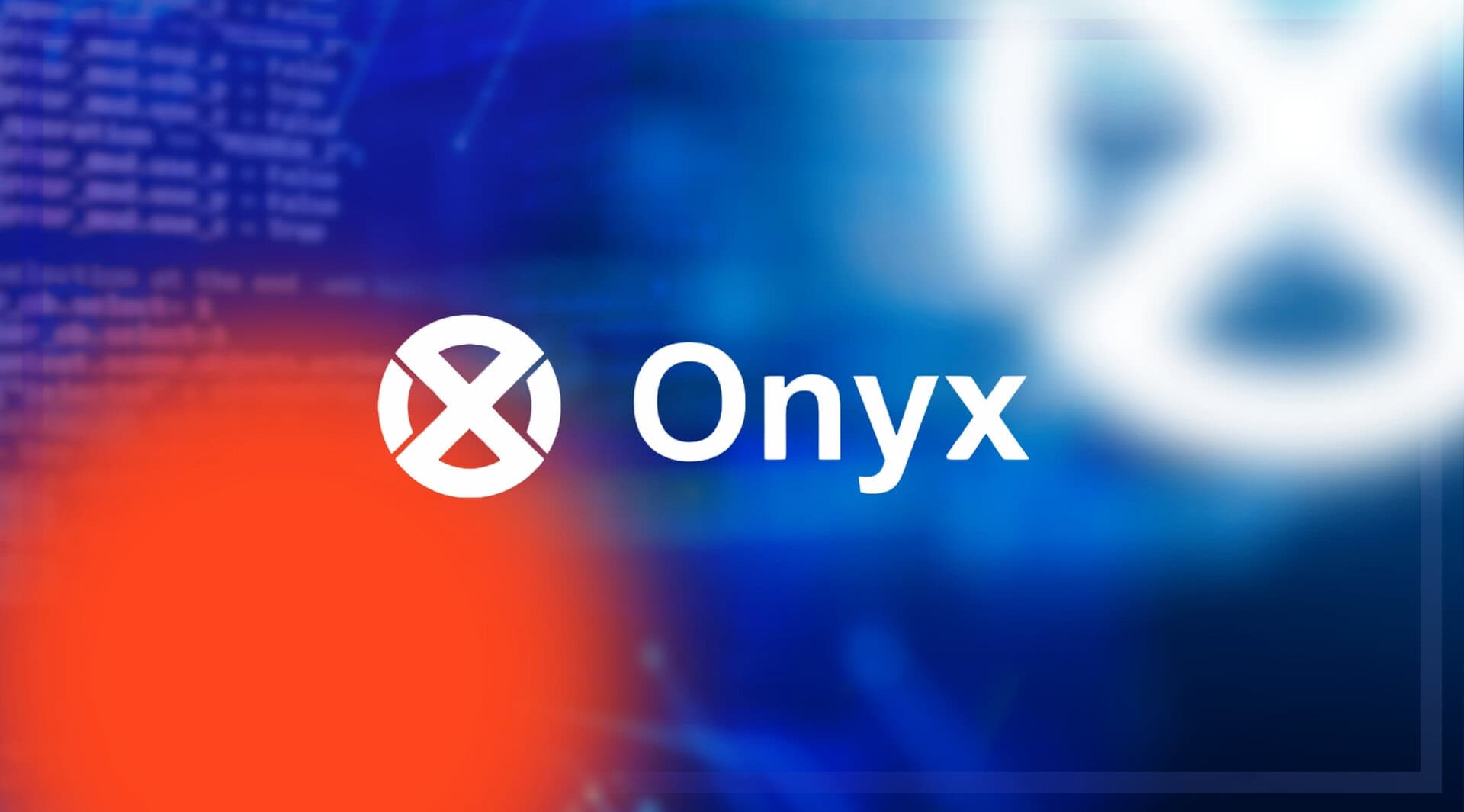






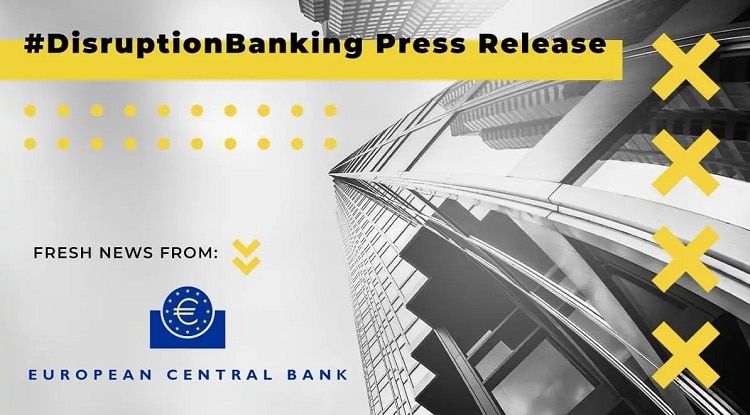
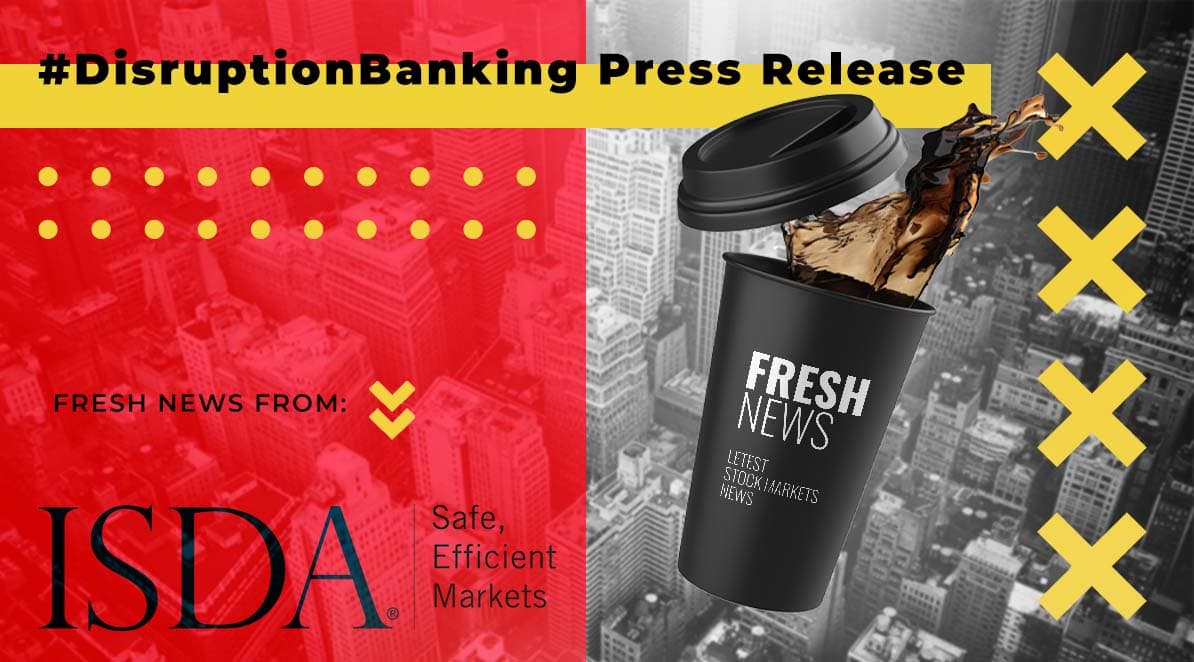


One Response
Very well written; thanks for the update. I am a huge fan of Solana.